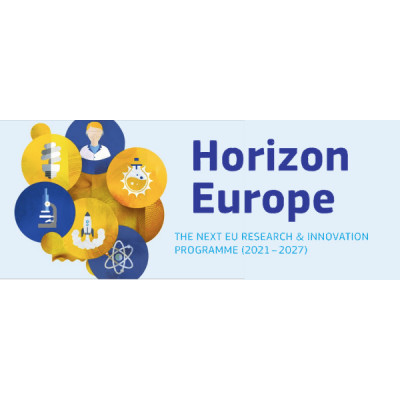Print

Hydrogen Storage in Electric Field Responsive Metal Organic Frameworks Studied by Machine Learning Potentials: HydroMOF
Details
Locations:Germany
Start Date:Sep 1, 2022
End Date:Aug 31, 2024
Contract value: EUR 189,687
Sectors: Energy, Science & Innovation
Description
Programme(s): HORIZON.1.2 - Marie Skłodowska-Curie Actions (MSCA)
Topic(s): HORIZON-MSCA-2021-PF-01-01 - MSCA Postdoctoral Fellowships 2021
Call for proposal: HORIZON-MSCA-2021-PF-01
Funding Scheme: HORIZON-AG-UN - HORIZON Unit Grant
Grant agreement ID: 101063496
Project description:
Modelling electric field control of metal–organic frameworks to promote hydrogen uptake Metal–organic frameworks (MOFs) are porous crystalline materials consisting of a 3D network of metal ions held in place by organic molecules. Their very high porosity and resulting large surface areas relative to volumes have gained attention for gas storage and gas separation. With the support of the Marie Skłodowska-Curie Actions programme, the HydroMOF project will investigate MOF utility in hydrogen storage, a key challenge to a hydrogen economy. Specifically, the project will use machine learning interatomic potentials to investigate the promotion of hydrogen storage in MOFs through structural changes including pore opening and closing via the application of an electric field.
Objective:
Hydrogen storage is a key technological barrier to the development and widespread use of hydrogen energy in transportation, stationary, and portable applications. The safe and efficient storage of H2 is an important and still challenging issue. In this regard, metal-organic frameworks (MOFs) possessing large surface areas, a variety of topological/chemical structures, high porosities, and high stabilities are considered promising nanoporous materials for gas storage applications. Theoretical studies have shown that electric fields can promote gas storage in MOFs by inducing controlled structural changes, which has recently been experimentally confirmed.
To unravel the underlying mechanisms at the atomic level, I aim to investigate the H2 storage characteristics of electric field responsive MOFs by combining machine learning (ML) and molecular modeling methods. In order to model switchable MOFs, I will construct machine learning potentials and use them in Molecular Dynamics (MD) simulations in order to overcome the restricted time and length scales of ab-Initio MD, and the accuracy and reliability concerns of MD. In order to determine the H2 uptakes of the MOFs, I will push the limits further and combine machine learning potentials with the Grand Canonical Monte Carlo (GCMC) simulations.
The main research objectives are to generate accurate machine learning potentials with a low computational time cost, determine how selected MOFs react to an applied electric field, control pore opening/closing, control and improve H2 uptake by switching electric field, determine the impact of an electric field on the interaction between the host and H2 as well as on the presence of different adsorption sites. This project has the potential to be a “door-opener” for fast and accurate design of switchable MOFs and boosting their applications in H2 storage by providing a fundamental perspective.

